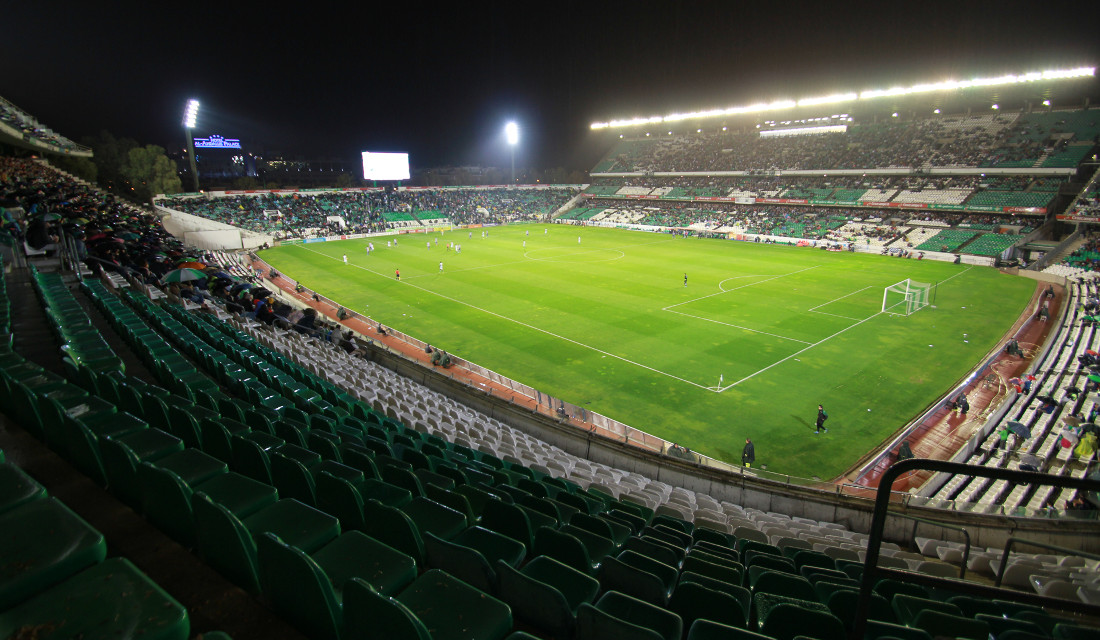Some travelers specialize. They visit fountains, museums, airports or landmarks of historic significance. Then, there are generalists, happy to take a look at anything that strikes their interest during a trip. For both these groups, the spectacular, historic, resplendent stadium in Seville, Spain is a must-see. Officially known as Estadio Benito Villamarín, its capacity is 60,720 after a recent expansion, and on matchdays the stadium’s advertising boards are adorned with name of the club’s sponsor, easyMarkets.
The sponsorship deal helped deliver a solid financial footing to the storied team that has been playing in the area for more than 100 years and is beloved by locals, many of whom have attended every home game for more than 50 years. But what is the big attraction for travelers? Here are reasons people from all corners of the globe flock to this Seville landmark by the hundreds of thousands each year.

It’s the Perfect Place to Watch Sports
With more than 60,000 comfortable seats, each of which offers a nice view of the field, the stadium is the perfect place to watch Betis or any of the visiting teams play. The home team, also sole owners of the property, often rent it out for special events like rallies and speeches. But if you want sports on a large scale in a top-ranked venue, this is the place to be.
Most of the local matches book near-capacity crowds and feature before- and after-game music and dance shows. Concessions are said to be among the finest in Spain, dishing up a full dinner menu as well as hundreds of delicious snack items and drinks. The fourth largest stadium in the nation, Estadio Benito Villamarín has a state-of-the-art sound and lighting setup that makes games a pleasure to watch.
If you visit Seville, check out any event taking place at the stadium and make plans to attend, whether it’s a football match, auto show or music concert. There are stadiums and there are great stadiums. Estadio Villamarín Benito clearly ranks among the latter.
It Represents a Key Facet of Spain’s History
After plans were drawn up in 1913, construction wasn’t begun on the stadium until 1923. It took work crews a full five years of full-time activity to complete what at the time was one of the largest and best-appointed sports venues in the world. Several times since then, the facility has been vastly expanded and upgraded, most recently in 2017. But setbacks and destruction during the Civil War and WWII meant that construction teams had to be called in for major repairs. During the Civil War, the stadium was requisitioned for military purposes and then not used again for sporting activities for several years.
Historians routinely visit and photograph parts of the facility that are still in place from its original construction. The vast office complex within the venue as well as the huge sections of seats are all carefully dated for purposes of historic reference. If you’re a history buff, this is the place to put at the top of your itinerary on a trip to Spain.